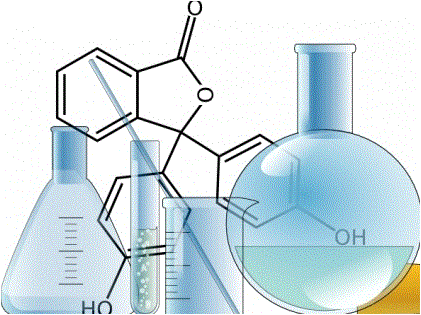Wastewater Treatment System
Mechacera system operates on a catalytic mechanism whereby free chlorine, upon contact with an aqueous medium and Mechacera ceramic balls, initiates a controlled reaction. This process yields "Mechacera Water," a solution noted for its exceptional efficacy in various applications.
Mechacera Device Principle – Catalytic Reaction
Reactive oxygen species (ROS), such as hydroxyl radicals, are typically generated by photo-oxidation catalysts like titanium dioxide, which has gained attention for its diverse functional properties. However, titanium dioxide requires ultraviolet (UV) light to activate its catalytic properties and cannot produce strong oxidants or ROS in the absence of light. This limitation renders it ineffective in dark environments or aqueous conditions.
The Mechacera system overcomes this constraint by utilizing specially engineered ceramic catalysts that can generate reactive oxygen species even in water and without exposure to light. When a small amount of chlorine (e.g., sodium hypochlorite) is introduced, its chemical energy interacts with the ceramics, triggering the formation of hydroxyl radicals. This reaction mimics the oxidative power of titanium dioxide under UV light, but functions effectively in environments where light cannot reach—such as underwater or in enclosed spaces.
As a result, the Mechacera device enables continuous and efficient catalytic oxidation, expanding the potential applications of ROS-based purification and disinfection technologies beyond conventional light-dependent systems.
Three Essential Factors for Generating "Mechacera Water"
1. Free Chlorine
A small amount of chlorine—typically in the form of sodium hypochlorite or solid chlorine—is introduced to initiate the catalytic reaction. This chlorine serves as the energy source that activates the ceramic catalyst.
2. Water
The reaction takes place in various types of water, including circulating water, supply water, industrial water, or standard tap water. The system is designed to function effectively across a wide range of water qualities.
3. Ceramic Catalyst (Mechacera Balls)
Specially engineered Mechacera balls act as the core catalyst. When exposed to free chlorine in water, they generate reactive oxygen species such as hydroxyl radicals—even in environments without light—enabling powerful purification and disinfection effects.
